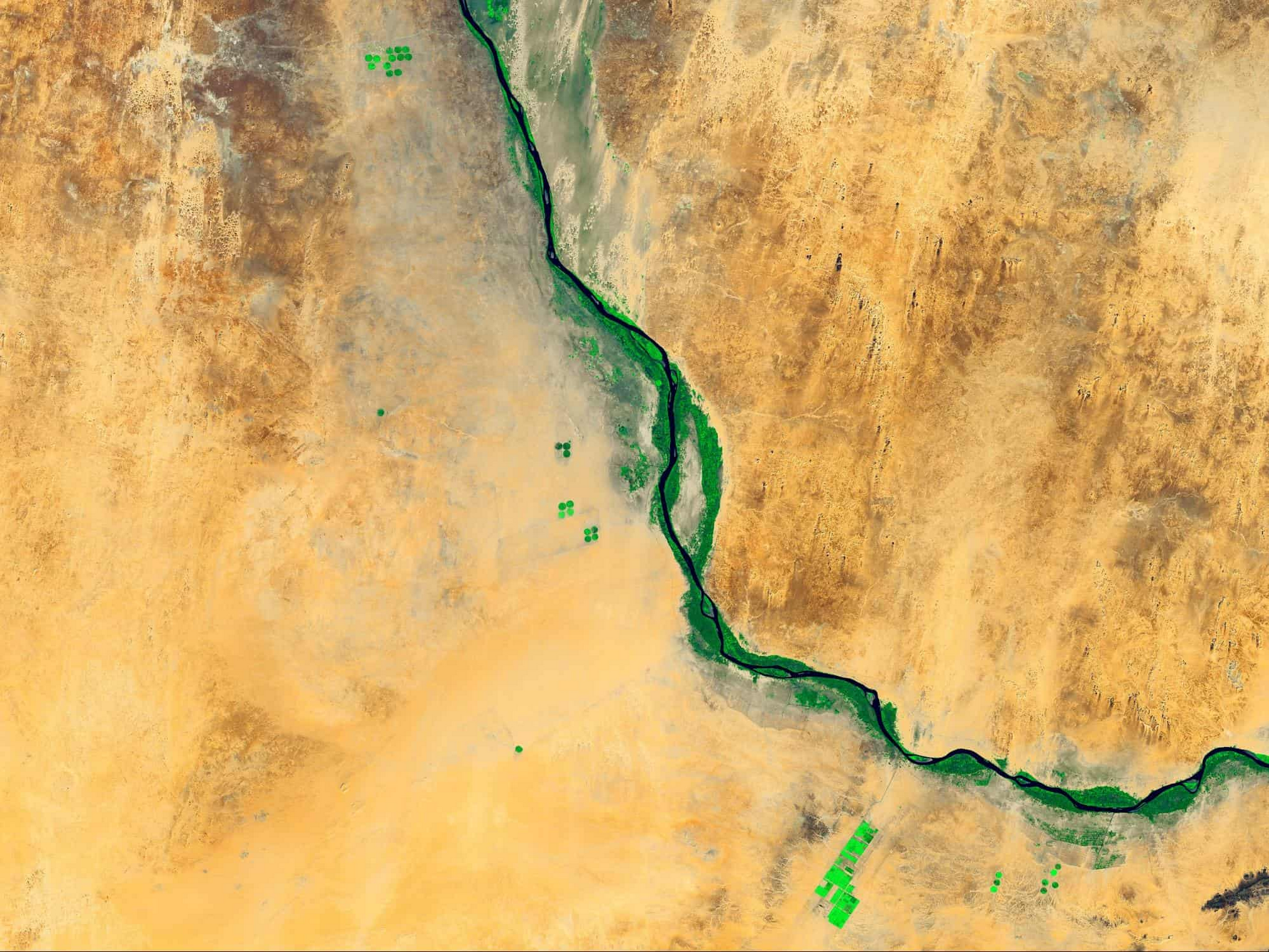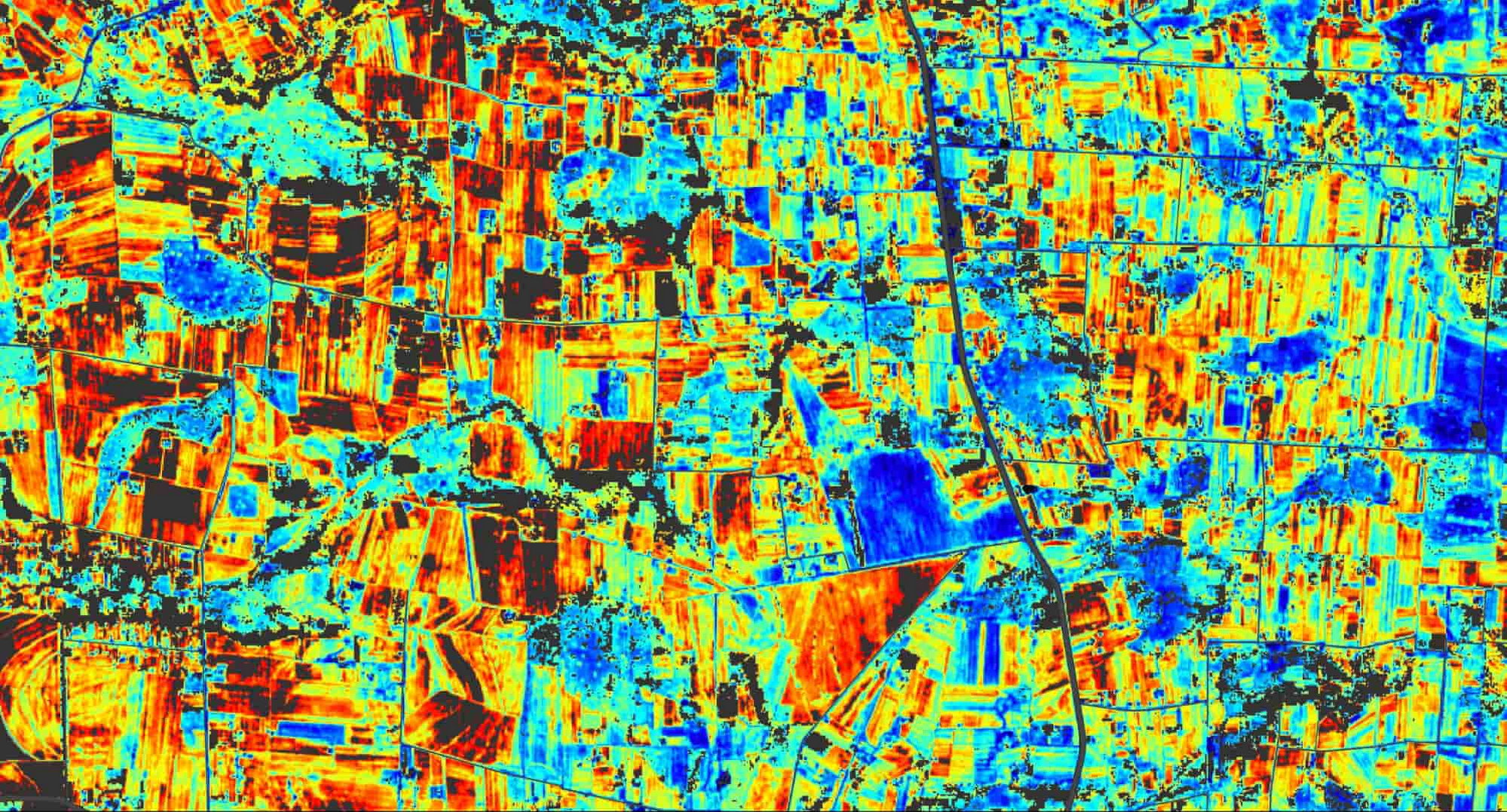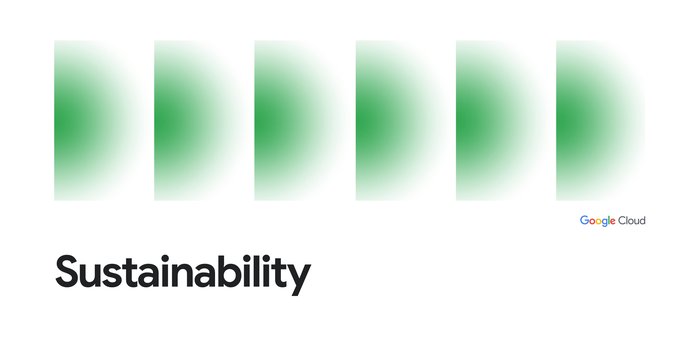For Adaptation & Agriculture Day, Atlas AI is taking action to help adapt our agricultural systems to a changing climate

Abe Tarapani
CEO, Atlas AI
Try Google Cloud
Start building on Google Cloud with $300 in free credits and 20+ always free products.
Free trialEditor's note: At Google Cloud we’re working with global organizations to help them use technology to build a more sustainable future. During the 2022 United Nations Climate Change Conference, or COP27, representatives from countries and organizations around the world — including Google Cloud — gathered in Sharm El-Sheikh, Egypt from November 7 - 18, 2022 for the latest round of climate talks. Check here for perspectives from onsite, thoughts from Google experts and customers, curated content and announcements. Or catch the event for yourself on Youtube.
At COP27 over the weekend, the discussion turned to adaptation and agriculture — a fitting combination of topics as they are inextricably linked to one another. Weather-dependent systems such as food and agriculture are encountering more frequent and extreme threats, as a result of a changing climate around the world.
Climate-related disasters cost the global economy an estimated $520 billion USD each year, and push 26 million people — including many rural farmers — below the poverty line (UN, 2021). Meanwhile the vast majority of global climate investment is focused on mitigating future emissions — one estimate suggests that only 21% of climate financing currently goes towards adaptation initiatives. That balance must shift, as must the dialogue, in order to focus our limited current resources on increasing global resilience and well-being over the long term.


Smallholder farmers are more vulnerable than most because of how tightly their activities and livelihoods are connected to weather patterns. Rural, agriculture-heavy regions will be particularly affected by drought, which is expected to displace 700 million people globally by 2030 (UN). When farmers displace to find suitable land, they often deforest new tracts, further exacerbating environmental changes. In addition to facing displacement, severe weather decreases farmers’ agriculture yields and threatens to push them deeper into poverty. In extreme cases, like the devastating recent floods in Pakistan, entire growing seasons have been eviscerated. Farmers may find traditional agricultural land no longer suitable for staple crops such as rice, maize and wheat — the crops that provide a significant portion of the world’s calories. And if they want to change or augment production, fertilizer or robust seed varietals are in scarce supply, making them inaccessible and/or unaffordable for smallholder communities. Needless to say, humanity faces a global challenge in adapting our agricultural systems to deal with a changing climate.


Despite the dire circumstances presented by the above statistics, this post is ultimately a hopeful one. Atlas AI is in the business of providing intelligence about the progress of development and well-being of local communities around the world. Our technology serves a range of organizations on the front lines of promoting the resilience and adaptation of farming communities to a changing climate. We offer three examples:
Finding leverage at the intersections of systems: In partnership with University of Massachusetts Amherst, Rochester Institute of Technology, Carnegie Mellon University, Columbia University and the Kigali Collaborate Research Center, and thanks to funding from The Rockefeller Foundation, we are advancing research to inform public policy and investment at the intersection of the agriculture, energy and transportation sectors in Africa. To cite one example of the potential benefits of this research, changing climate means less reliable rainy seasons. This can be countered in part by installing irrigation infrastructure, which in turn requires access to electricity. The platform developed through this research aims to identify where energy and irrigation investments might be better located, coordinated and sequenced, in order to promote local economic development.
Building better supply chains for agricultural inputs: MyAgro is a non-profit organization that promotes access to climate-resilient seeds and fertilizers as well as training to smallholder farmers, with a mission of moving farmers out of poverty in Africa. MyAgro is able to use Atlas AI’s platform to identify the rural farming communities best positioned to benefit from MyAgro’s programs and to track progress in delivering inputs to those communities over time. In this respect, technology can promote the scalability of climate resilience programs and ensure that limited resources are deployed to the greatest potential impact.
Improving monitoring of agricultural systems through remote sensing: The 50x2030 initiative aims to increase the capacity of 50 low and lower middle-income countries to produce, analyze, interpret, and apply data to decisions in the agricultural sector that support rural development and food security. In partnership with the Living Standards Measurement Survey (LSMS) team of the World Bank, Atlas AI is supporting the scientific research agenda of the initiative by evaluating best practices for the use of remote sensing (e.g., satellite imagery) analysis for monitoring crop productivity at a national scale. This work to understand the ongoing effects of climate on local agriculture systems will be essential to anticipate and adapt to the effects of climate on smallholder ecosystems.
Adaptation needs in the developing world may reach as high as $340 billion a year by 2030 (UN, 2022). Atlas AI’s vision is to enable an ongoing and hyperlocal understanding of the development needs of every community on the planet so that this investment can be targeted and monitored in service of the greatest impact.



